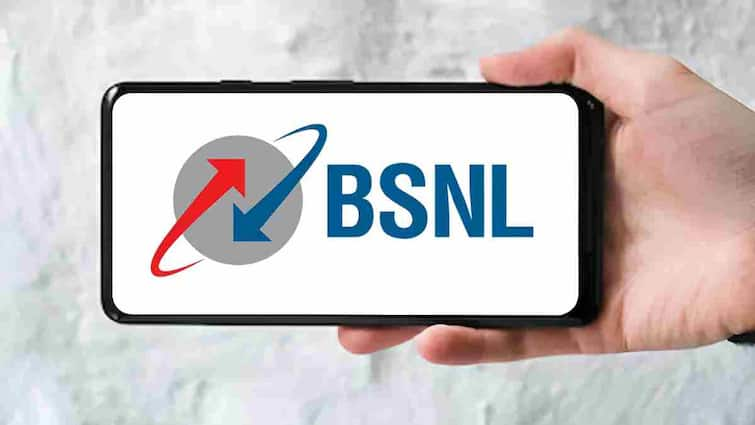7 Essential Facts: Donor Diabetes/High BP Transplants — Clear, Proven Guidance.

7 Essential Facts: Donor Diabetes/High BP Transplants — Clear, Proven Guidance
Donor diabetes/high BP transplants can be safe and effective when organ quality is rigorously evaluated and recipient matching is precise.

Overview: donor diabetes/high BP transplants
Donor diabetes/high BP transplants are increasingly considered when pathology, function, and procurement conditions meet strict thresholds and the recipient profile is suitable.
Also Read (Same Category)
Historically, kidneys from donors with diabetes or hypertension were declined due to microvascular injury concerns and structural changes affecting durability.
Modern programs prioritize objective findings—biopsy scores, function tests, ischemia times—over donor labels alone to decide candidacy.
Also Read (Other Category)
The goal is expanding access responsibly while keeping individualized risk–benefit judgment at the center.
What changed in guidance for donor diabetes/high BP transplants
Expert consensus now supports selective acceptance after multidisciplinary evaluation using standardized criteria and transparent thresholds.
Also Read (Same Category)
Because many deceased donors have these conditions, careful selection can increase usable grafts without compromising quality.
Centers operationalize this via structured biopsy grading and organ‑specific acceptance parameters aligned to recipient needs.
Risks, outcomes, and survival in donor diabetes/high BP transplants
Kidney grafts may face slightly higher delayed graft function—especially with prolonged ischemia or poorly controlled donor disease.
With strict selection—fibrosis/steatosis thresholds in livers and glomerulosclerosis/diabetic nephropathy grading in kidneys—medium‑term outcomes can approximate standard‑criteria results in matched recipients.
Risk is influenced by donor age, disease duration/control, pathology scores, cold ischemia time, and recipient comorbidities.
When assessment is meticulous and matching is tailored, overall risk becomes acceptable for many candidates.
Doctor evaluation checklist for donor diabetes/high BP transplants
Donor history and labs
- Clarify diabetes/high BP duration and control; obtain recent A1c/BP data when available.
- Review terminal labs: creatinine/eGFR (kidney), ALT/AST and bilirubin (liver), infection screening.
- Document cause of death, malignancy history, and hemodynamic stability prior to retrieval.
Organ quality assessment
- Kidney biopsy: diabetic nephropathy grade, glomerulosclerosis, interstitial fibrosis/tubular atrophy.
- Liver biopsy: fibrosis stage and macrovesicular steatosis percentage; avoid advanced fibrosis/high steatosis.
- Optimize logistics: minimize cold ischemia time and ensure best‑practice preservation.
Recipient matching and monitoring in donor diabetes/high BP transplants
Prefer lower immunologic risk profiles when feasible and align size/metabolic demands between donor and recipient.
Tailor immunosuppression to balance rejection risk with infection and metabolic side effects.
Monitor for delayed graft function (kidney) or early allograft dysfunction (liver) with predefined escalation pathways.
Why this shift matters for donor diabetes/high BP transplants
Demand far exceeds supply; carefully expanding criteria can shorten wait times and reduce waitlist mortality.
For some candidates, accepting a well‑evaluated organ now offers a survival advantage over waiting for an idealized offer.
FAQs about donor diabetes/high BP transplants
Are these organs always risky?
No. Risk varies by case; favorable pathology and sound matching can yield strong outcomes.
Which organs are most often considered?
Kidneys and livers are common; hearts and lungs may be considered selectively with tighter criteria.
What factors raise risk the most?
Advanced fibrosis/steatosis (liver), high glomerulosclerosis or nephropathy grade (kidney), prolonged ischemia, older donor age, poor disease control.
Who should accept earlier?
Patients whose modeled survival benefits from earlier transplantation outweigh incremental donor‑related risks.
Further reading and resources on donor diabetes/high BP transplants
- WHO: Transplantation overview
- OPTN/UNOS: Transplant data and outcomes
- Preparing for the transplant journey
- How to read transplant biopsy scores
Discuss center‑specific criteria with your transplant team for individualized guidance.
